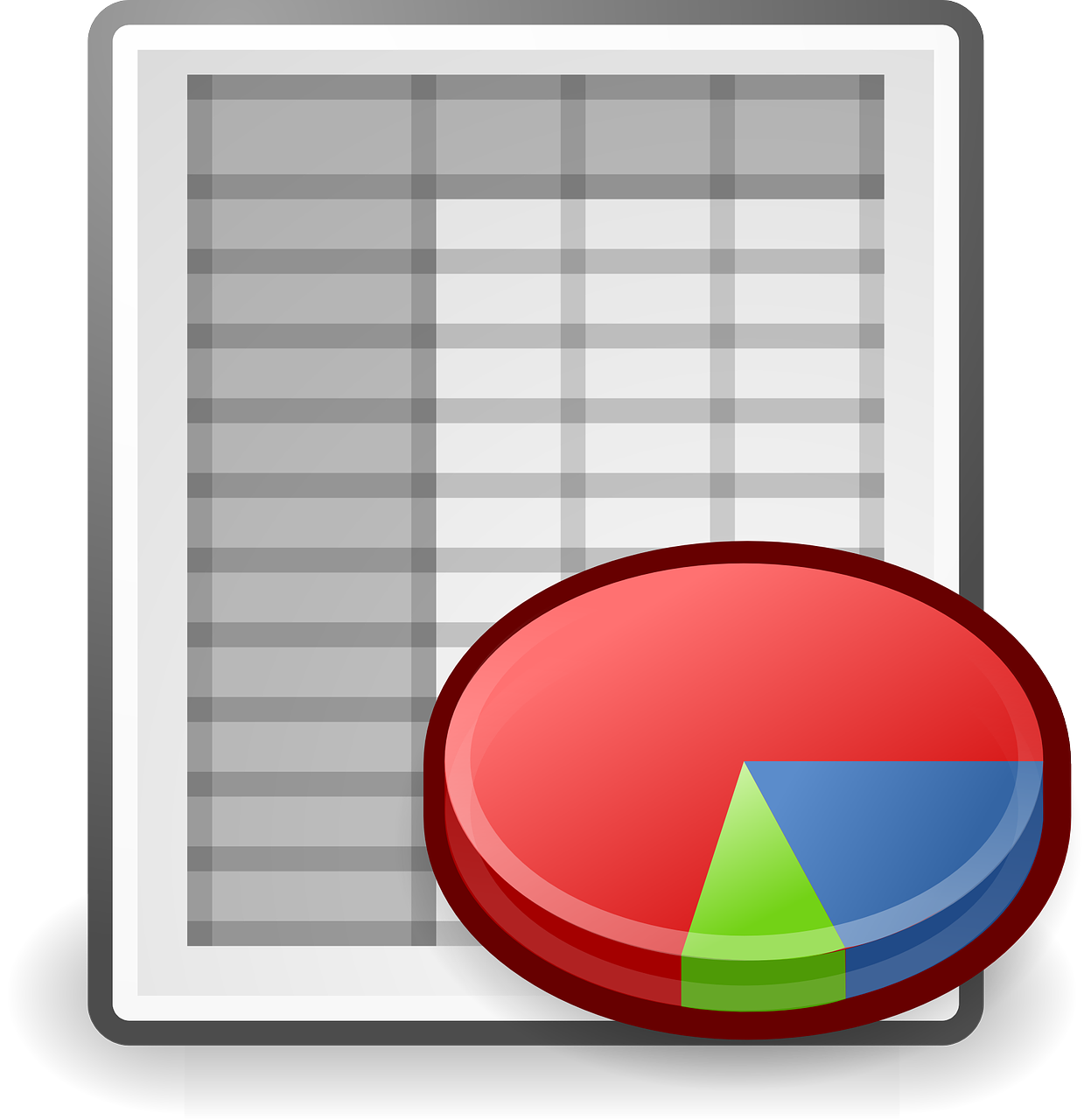Start Business
Start Business
Registration & License
Registration & License
Trademark Filing
Trademark Filing
Goods & Service Tax
Goods & Service Tax
Income Tax
Income Tax
MCA Services
Tender Registration
Tender Registration
Others
DPR Preparation Services in Delhi NCR | MyLegalFilings – Professional Project Report Drafting
Best & Reasonable Plans
Smart solutions,fair prices - your success starts with the Innovative solutions, competitive pricing – your journey to success begins with the perfect balance for growth!

OVERVIEW
A Detailed Project Report (DPR) is a comprehensive document that outlines every critical aspect of a project, including its objectives, financial viability, technical specifications, implementation strategies, and risk assessments. It serves as a blueprint that helps stakeholders, such as investors, government authorities, and financial institutions, make informed decisions regarding project approval and funding.
A well-prepared DPR ensures that a project is planned meticulously, reducing uncertainties and enhancing the chances of success. It includes in-depth research on market trends, resource requirements, regulatory compliance, and sustainability factors. Whether you're launching a new venture, expanding an existing business, or seeking government approvals, a DPR provides a structured framework for project execution.
Key Features
- • Comprehensive Financial Planning : The DPR includes detailed cost estimations, revenue projections, and funding strategies to assess the project's financial feasibility.
- • Technical & Operational Analysis : It covers technical aspects such as infrastructure requirements, production processes, and operational strategies to ensure smooth project execution.
- • Risk Assessment & Mitigation Strategies : Potential risks are identified, and effective mitigation measures are proposed to enhance project sustainability and minimize financial or operational setbacks.
Importance of a DPR
A Detailed Project Report (DPR) is the backbone of successful project planning and execution. It provides a clear and structured framework that outlines every critical aspect of a project, including financial feasibility, technical requirements, market analysis, and risk management. Without a DPR, businesses and organizations may face unexpected challenges, financial miscalculations, or regulatory hurdles that could delay or even derail the project.
One of the key benefits of a DPR is that it helps in securing funding from banks, investors, and government agencies. Lenders and financial institutions require a well-documented plan to assess the viability of a project before approving loans or grants. A DPR demonstrates the project’s potential profitability, long-term sustainability, and risk mitigation strategies, increasing the chances of financial support. Additionally, a DPR plays a crucial role in regulatory approvals, ensuring that the project complies with legal guidelines and industry standards.
Beyond financial and legal aspects, a DPR also serves as a strategic roadmap, guiding project execution from start to finish. It helps business owners and project managers allocate resources efficiently, avoid unnecessary expenditures, and set realistic timelines. By providing a comprehensive view of market trends, demand forecasts, and competition analysis, it allows businesses to make informed decisions and stay ahead in their industry. In short, a well-prepared DPR minimizes uncertainties, enhances credibility, and significantly increases the likelihood of project success.
Who Needs a DPR?
A Detailed Project Report (DPR) is essential for a wide range of individuals, businesses, and organizations that require structured planning, financial assistance, or regulatory approvals for their projects. It provides a clear roadmap for project execution, ensuring that every critical aspect—such as feasibility, budgeting, risk assessment, and market potential—is thoroughly analyzed. Without a DPR, projects may face unforeseen challenges, financial mismanagement, or legal issues, making it an indispensable tool for various stakeholders.
Startups and entrepreneurs are among the primary beneficiaries of a DPR. New business ventures often require funding from investors, banks, or government schemes, and a DPR helps them present their business ideas in a professional and structured manner. By detailing financial projections, market potential, and risk factors, a DPR increases the credibility of the business proposal, making it easier to secure capital and attract strategic partnerships. It also helps startups set realistic goals, plan operational strategies, and establish a strong foundation for long-term success.
Established businesses planning expansion also need a DPR to ensure their growth strategies are well-planned and financially viable. Whether a company is entering a new market, launching a new product, or increasing production capacity, a DPR helps assess feasibility, estimate costs, and outline execution strategies. By analyzing demand forecasts, competition, and expected returns, businesses can make data-driven decisions and minimize potential risks. A DPR also plays a crucial role in obtaining financial support for expansion projects, as lenders and investors require a detailed assessment of the project’s profitability and sustainability.
Infrastructure and real estate developers rely heavily on DPRs to secure approvals and funding for large-scale projects such as highways, bridges, residential complexes, and commercial buildings. These projects require extensive planning, resource allocation, and compliance with government regulations. A DPR ensures that the project meets legal standards, optimizes costs, and addresses environmental and social impact considerations. Additionally, it helps developers present a well-structured plan to financial institutions, ensuring smooth execution without unnecessary delays.
Manufacturing and industrial units also require a DPR when setting up new factories, upgrading technology, or expanding production facilities. A DPR helps them determine equipment requirements, workforce planning, and financial projections. Many businesses in the industrial sector apply for loans, government incentives, or subsidies, and a DPR is often a mandatory requirement to qualify for such benefits. By presenting a well-researched and structured report, businesses can streamline approval processes and optimize their production capabilities efficiently.
Government project applicants also need a DPR when applying for funding, subsidies, or policy approvals. Many government schemes require businesses, NGOs, and other organizations to submit a detailed project plan to evaluate feasibility and impact. Whether it’s an MSME loan, a startup grant, or an infrastructure development project, a DPR serves as a critical document that demonstrates the project’s viability, alignment with policy goals, and expected economic contributions.
In summary, a DPR is a crucial document for anyone looking to secure funding, ensure regulatory compliance, mitigate risks, and execute projects successfully. It is not just a requirement but a strategic tool that enhances planning, improves decision-making, and increases the chances of project success.
Silent Features
In-Depth Feasibility Study
Resource Allocation Planning
Project Timeline & Milestones
Sustainability & Environmental Considerations
Detailed Cost-Benefit Analysis
Regulatory & Compliance Framework
Advantages of DPR Preparation
- Enhances Investor Confidence: A well-structured DPR demonstrates professionalism and thorough planning, making it easier to attract investors and secure funding.
- Facilitates Decision-Making: With detailed financial projections and market analysis, businesses can make informed choices about resource allocation and expansion strategies.
- Supports Effective Communication: A DPR acts as a structured document that helps convey project details clearly to stakeholders, including banks, investors, and government authorities.
- Aids in Performance Monitoring: The project timeline and milestones outlined in the DPR help businesses track progress, ensuring that the project stays on schedule.
- Boosts Competitive Advantage: By analyzing market trends and competitor strategies, a DPR allows businesses to position themselves effectively and gain an edge in the industry.
- Streamlines Multi-Department Collaboration: Large projects involve multiple teams and departments; a DPR ensures that everyone is aligned with the project’s objectives and execution plan.
Step-by-Step Guide For DPR Preparation
Here are 5 steps to complete your DPR Preparation
Step 1
Understanding Project Scope & Objectives
Step 2
Market & Financial Analysis
Step 3
Drafting the Report
Step 4
Review & Modifications
Step 5
Final Submission & Approval
Empowering Your Business to Stay Ahead


Ensuring excellence in every aspect of business operations

Helping businesses to stay ahead of the competition effectively

Providing expert guidance for long-term business growth





